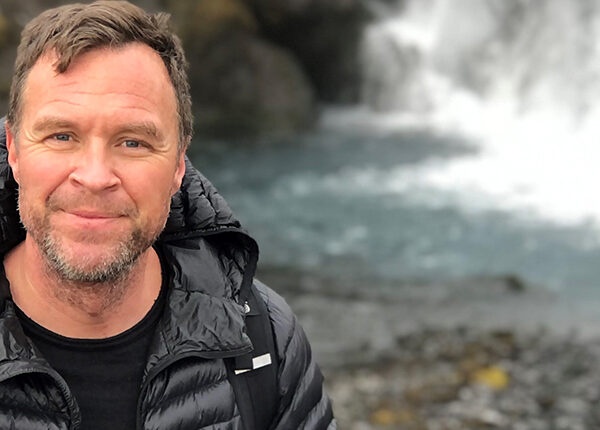Northern Leopard Frogs Benefit from Restored Wetlands
Approximately 3.4 hectares of wetland were restored in November and December 2016 in the Creston Valley through a joint initiative between the FWCP, the Ministry of Forests, Lands and Natural Resource Operations, and the Creston Valley Wildlife Management Area (CVWMA). The goal of the project is primarily to help the federally-listed endangered Northern Leopard Frog.
The wetland area is located next to Old Goat Channel, south of Duck Lake, that has been previously diked and modified over the years. There are now six new functioning wetlands ranging in size from about 3,500 (0.35 ha) to 7,500m2 (0.75 ha), built in fields dominated by reed canarygrass.
They were designed by wetland specialist Tom Biebighauser specifically to provide breeding habitat for Northern Leopard Frogs, and will be filled naturally by precipitation and runoff. They are designed to dry-up in the fall in order not to support exotic fish, or the invasive American Bullfrog, which is has already crossed the border from Idaho, but not yet reached the CVWMA.
The key feature to support Northern Leopard Frogs is the provision of varying water depths. Large areas of shallow water, averaging 30 centimetres in depth, were shaped for egg laying. Deeper areas of water were made in the center of each wetland, ranging from 1.3 to 1.8 meters deep, critical for larvae development, especially in dry years.
“It will be exciting to see what happens this spring,” says Marc-Andre Beaucher, Head of Operations of CVWMA. “We’re keeping our fingers crossed that some of the frogs will be using the new wetlands for breeding.”
With four of the six new wetlands constructed closer to Old Goat Channel, and to the east of the road that runs along the dike that bisects the area, it is also anticipated that the work will help to reduce road mortality for the frogs.
Although the target species is the Northern Leopard Frog the wetlands will contain a wide diversity of invertebrates, and provide outstanding migratory and breeding habitat for waterfowl and shorebirds. Even as the last of the wetlands were being completed in mid December, two Killdeers visited for several days.
Other features support burrowing habitat and increase plant diversity, and logs have been placed to provide basking sites for Western Painted Turtles and loafing areas for waterfowl.
The wetlands were built to require little, if any maintenance, and do not have any water control infrastructure.
“Wetland restoration and conservation activities are one of our Board’s project priorities for this year,” says FWCP Columbia Region Manager, Crystal Klym. “Added to this, the project supports recovery actions for the Northern Leopard Frog, one of our priority Species of Interest, and we anticipate great results from this work in the years ahead.”
The Fish & Wildlife Compensation Program is a partnership between BC Hydro, the Province of B.C., Fisheries and Oceans Canada, First Nations and Public Stakeholders to conserve and enhance fish and wildlife impacted by BC Hydro dams.





